With the Mempho Music Festival back this week — and bigger than ever — it’s worth noting that three of its biggest acts have a history of recording here in the Bluff City. Though two are legends of hip-hop and one is rockabilly royalty, they have much in common. For one thing, all three acts rely on the younger generation, direct heirs to the musical bedrock their forerunners created, to carry the torch forward. And, even more significantly in this age of cut-and-paste sampling, all three acts hold live musicians in high regard. It’s all about that mysterious quality called “feel.”
Wu-Tang Clan: Sonic Roots in Memphis
Few hip-hop groups have maintained the ongoing credibility and viability of the collective known as the Wu-Tang Clan. The group has risen above differences to work collaboratively for decades, even as appreciation of its individual members — rapper-producer RZA and rappers GZA, Ol’ Dirty Bastard (deceased), Method Man, Raekwon, Ghostface Killah, Inspectah Deck, U-God, Masta Killa, and Cappadonna — has made them stars in their own right. And one distinctive element in their sound has always been the use of old-school Memphis soul and R&B.
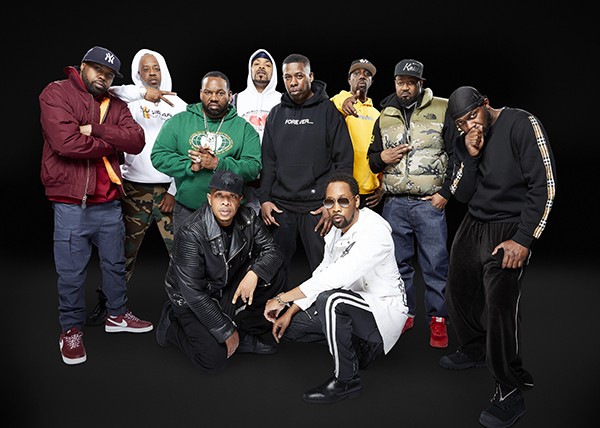 Kyle Christy
Kyle Christy
Wu-Tang Clan
This dates back to their third single, 1994’s “C.R.E.A.M.,” which made extensive use of “As Long as I’ve Got You,” a 1967 single on the Volt label by the Charmels. The group dug even further back for “Tearz,” which used Wendy Rene’s “After Laughter (Comes Tears),” a 1964 Stax track. It was part of a distinctive Wu-Tang sound that arguably culminated in 2000’s double platinum disc, The W. Even then, Ol’ Dirty Bastard’s participation was hampered by prison time he was serving during its creation, though he was able to literally phone in some vocal parts.
After Ol’ Dirty Bastard’s death in 2004, the group members focused more on solo recordings, though Wu-Tang did release 8 Diagrams in 2007. Then came a long hiatus, the end of which was marked by RZA’s renewed commitment to live-recorded ensemble tracks that evoked older soul records. A significant chunk of those tracks was done at Memphis’ own Royal Studios, for what would become the album A Better Tomorrow. Hiring classic local players from the heyday of Hi Records hits, RZA played guitar himself and created that rare thing, a comeback album that broke new ground.
It also marked more participation than ever from erstwhile Wu-Tang member Cappadonna. And, though some in Wu-Tang were not enthused about RZA’s focus on live-cut tracks, Cappadonna was happy to roll with it. “Yeah, I was there. I worked out of Royal,” he tells me in a recent phone chat. And, for him at least, RZA’s approach worked out well. “Like I said, I’m just trying to get it popping the best way I know how. As soon as they give me the cue, I’m on my ground with it. We can adapt to any situation.”
The fact that those sessions were all of five years ago makes Wu-Tang’s Mempho appearance especially meaningful for Cappadonna. “That’s why it’s gonna be so beautiful. It’s gonna be like a reunion. We’ve all been on this tour pretty much, with the exception of Method Man here and there. He’s constantly doing movies and stuff like that. Other than that, everybody’s present and accounted for. And we also have Young Dirty Bastard, to fill in for his father, Ol’ Dirty Bastard. He’s doing a great job. He’s bringing the energy, and that’s more than we can ask.”
That energy is more of a precious commodity as the collective grows older. Cappadonna is trying to be prudent, even as he brings his distinctive flow. “Now we’re touring. I’m just coming off a 23-hour drive from Texas, and I need a blunt, like right away, yo. We’ve been on the road for three months straight. My neck went out in Chicago, I couldn’t do the show. I cancelled Atlanta. So it depends on my health. I just turned 51 on September 18th. So depending on my health, that comes first. If I gotta take another day off, so be it.”
Nonetheless, Cappadonna is especially energized for the Mempho show. “Man, it’s gonna be crazy, yo. I might have to bring my derby out for that. You know what I mean? Cappuccino Gambino! And my gold teeth are ready, man! I’ve got diamonds in ’em this time. Tell all the ladies I said, ‘Bring me some flowers.’ Yo, mad love to the South. Memphis, hold your head up. I’ll see you soon.”
DJ Paul: Hometown Hero Talks Musical Roots
The fact that his Mempho appearance will be in October is especially meaningful to DJ Paul. It’s a pivotal homecoming for the star, who now lives in Los Angeles. On this trip, the group he rose to prominence with, Three 6 Mafia, received a key to the city from Shelby County Commissioner Edmund Ford, but the significance of this trip goes beyond any such official recognition.
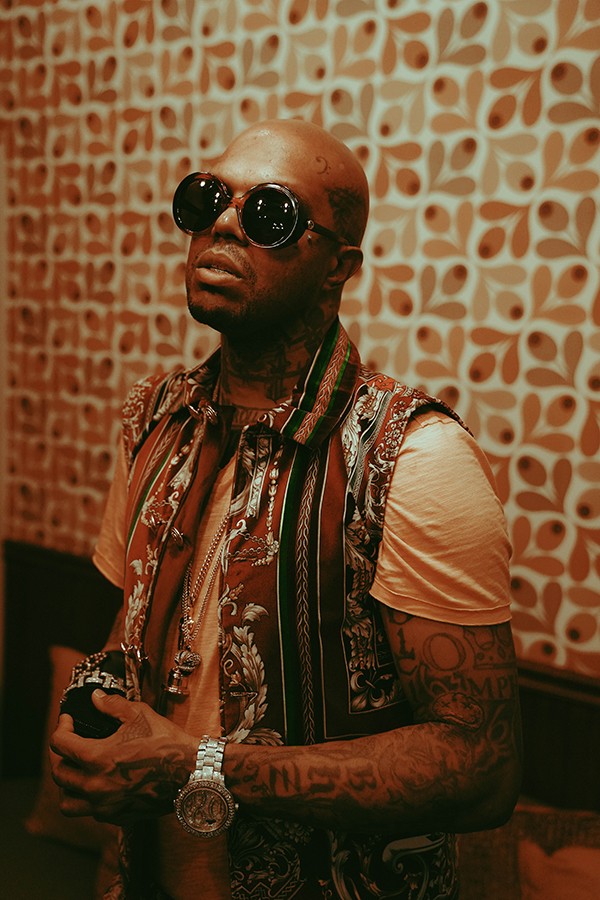
DJ Paul
For one thing, he’s performing material from his highly autobiographical album, Power, Pleasure & Painful Things, released earlier this year. Interspersed with spoken segments in which the artist recalls pivotal moments in his Memphis youth, the tracks make use of a wide-ranging musicality and inventive, turn-on-a-dime production to create what may be Paul’s best work yet.
As he puts it: “1986 was the year that me and Lord Infamous, may he rest in peace, told ourselves on Halloween night that we wanted to be rappers. So Halloween is that anniversary. October is a very special month for me to be in Memphis. A lot of my closest family members, including my daughter, have birthdays in October. And where I live, we don’t get a fall. So I’m so happy to be back in Tennessee where we’ve got the prettiest falls in the world. I’m doing two back-to-back shows in my hometown, in my favorite month and my favorite season. You can’t beat it.”
The personal importance of his Memphis roots also resonates with some of Paul’s guest rappers, Seed of 6ix, on his latest album and recent performances. “Seed of 6ix is actually my nephews. One of ’em is Lil Infamous, son of Lord Infamous, my brother who passed away. That’s his son, Ricky Dunigan Jr. The other one, Locodunit, is my nephew from one of my oldest brothers. They’re signed to my label, with an album out and some EPs and mixtapes and stuff. They still live in Memphis. They’ll be there with me at Mempho.”
Their raps at the end of the track “Easy Way” are a highlight of the album, with surprising rapid-fire verses marked by disorienting rhythm changes. It’s in keeping with an album full of surprises, not the least of which are the creative chord changes performed by a string section in the same track, taking Three 6 Mafia’s use of film sountrack motifs to an even more inventive level. As Paul himself notes, “You don’t hear music like that in most rap.”
According to DJ Paul, it’s all in keeping with his first exposure to music. “I took organ lessons. I didn’t take piano lessons, I went straight to the organ. That’s what helped me create Three 6 Mafia’s sound. That’s why we always had an eerie, underground, spooky feel. Because that’s what I had back in the day, I had an organ. I still have the same organ that my daddy bought me in 1985, in my house here in L.A. It’s a Wurlitzer.”
And it wasn’t just Paul’s own musicality that shaped his latest album. “I work with a lot of Memphis musicians who we brought out to L.A. We actually moved ’em out here. There’s a guy named Billy West and a guy named Kyle Brandon. They’ve played for Stevie Wonder, the Jackson 5, Macy Gray, and people like that.”
As with the Wu-Tang Clan, the instrumental musicianship of Memphis has had a profound effect on the quality of Paul’s work. And, as he notes, that live musicianship will only be more pronounced with a new EP he expects to drop soon. “The new project’s coming out on Halloween,” a significant date in his life and career. “I’m gonna start doing more movies and television stuff as well. And I got a restaurant opening up in a few months in Beverly Hills. So just stay tuned.”
Jerry Phillips: All About That Feel
Meeting Jerry Phillips, son of legendary Sun Records producer Sam Phillips, at the headquarters of the Phillips radio empire in Florence, Alabama, seems appropriate. The Shoals area is where Sam got his start in the music industry, and radio is just as much at the heart of his legacy as the iconic studios, Sun and Phillips, that helped put Memphis on the map. Jerry and daughter Halley still identify strongly with both Memphis and the Shoals, splitting their time between the two metro areas. And, as Jerry sees it, both have similar musical qualities that are hard to find elsewhere.
“In the ’60s and ’70s, we’d swap musicians from both cities a lot,” he tells me. “The Swampers [from the Shoals] would go to Memphis. Or we’d send Travis Wammack down here, when he was living in Memphis. Even today, Halley’s been recording with different people and using that same combination, as a producer. They’re definitely sister cities. I think the closest thing to Memphis and Muscle Shoals might be New Orleans in a certain way. They have their own thing going on down there, too.”

Jerry & Halley Phillips
That “thing,” is hard to pin down, but to Jerry Phillips, it’s something that unites Mempho acts as disparate as Wu-Tang Clan, DJ Paul, and the all-star tribute to Sun Records in which he’ll perform at Mempho Fest. “It all has a common denominator to me, which is feel,” Phillips says. “Whatever the genre is, if it doesn’t have any feel, I’m just not interested in it, period. Sam was the same way. He kept the telephone ringing in one of his recordings. His secretary was gone, phone started ringing, and the noise bled through the wall. So everybody said, ‘We gotta do it again,’ and Sam was like, ‘Are you kidding? We’re keeping that one, that’s got the feel.’ You couldn’t have planned that, the phone ringing in the middle of it. He was all about things that just happen. The magic, when it happens, it happens.”
Much like the tribute to Royal Studios at 2018’s Mempho Festival, the Sun Records Tribute will feature an all-star cast of players in addition to Jerry Phillips, including Jason D. Williams, Amy LaVere, Will Sexton, David Brookings, John Paul Keith, Pete Degloma, Seth Moody, and Graham Winchester. That will also mark the official announcement of a new note on Beale Street devoted to the Phillips family. “It’s gonna have my mother’s name on it, my name on it, Judd Phillips, my cousin, and then Sally Wilbourn, who was Sam’s right-hand person for 50 years. So that’s gonna be interesting,” says Jerry.
He’s especially looking forward to the set’s closing act, Jason D. Williams, who has fueled a decades-long career with a manic emulation of Jerry Lee Lewis’ most fiery rock-and-roll days. “You don’t want to follow Jason D. He’s crazy. He does a great job, he’s got a great band. I think he’s fantastic. I worked with him years ago in the studio. And he’s gotten to be a lot better. His live performances, man — he goes between so many different extremes.”
Halley adds, “I always give it up for his band. His performances are never the same. The tempo is never the same. It depends on his mood or what he’s had that day. His band members are just watching him and reading him. He throws them curveballs all the time.”
To Jerry, this is the true spirit of rockabilly and rock-and-roll. “There’s a lot of imitation rockabilly, but rockabilly’s a feel. You can be influenced by those licks, but when you copy it note for note, that’s not gettin’ it, man. Whenever I cover one of those old songs, I tell the musicians, like the guitar player, when it’s time for you to solo, don’t play Carl Perkins. Play you. With that feel, but play you. I don’t want you to sound like Carl Perkins.”
If Jerry Phillips is not a household name, it’s understandable. Through most of his life, he did not pursue the spotlight. He even gives his brother Knox the lion’s share of the credit for keeping the family recording business afloat through the ebb and flow of trends in the music industry. His first taste of performance, in fact, was not musical at all.
As detailed in Robert Gordon’s indispensable book, It Came from Memphis, Jerry was about 12 when local professional wrestling hero Sputnik Monroe helped cook up a plan to bill him as “The World’s Most Perfectly Formed Midget Wrestler.” Not having the proportions of bona fide little people, who did indeed occupy a niche at pro-wrestling events, Jerry jumped in the ring with them anyway, on the thinnest of pretexts. “If I had been 25 and the size of a midget, it might have been believable, but I was obviously a kid,” Phillips told Gordon. “They’d have me walk through the crowd, chewing a big cigar, taunting people. … The audience knew I wasn’t real, and I just made ’em madder.”
Halley gleefully recalls, “Last year we were walking down Main Street in Memphis, and a guy comes up, pointing at dad, and says, ‘Hey! Hey! Aren’t you that wrestler? The midget wrestler?”
Jerry finds this chapter of his legacy amusing. “It’s gonna follow me forever. When I first met Bob Dylan, he said, ‘You’re the wrestler, aren’t you?’ But that was a great experience for me, my introduction to showbiz. Between Sputnik Monroe, Elvis Presley, Jerry Lee Lewis, Sam Phillips, and all those guys, it really gave me a taste of what real rock-and-roll was all about. Those guys were not fooling around. They were all in.”
For a time in the ’60s, Jerry performed with Jim Dickinson in the Jesters, and he’ll be tipping his hat to that group during his Mempho set, playing their version of “My Babe.” But even as he nods to his sporadic musical past, he’s laying the groundwork for the first proper solo release of his life. Noting his increasing interest in writing songs and performing, he points to an odd moment that crystalized his embrace of such pursuits, as he rolls up his sleeve.
“You know it’s funny, this tattoo, in some kind of weird way, completed my life. Isn’t that weird? I just feel like I’ve been branded the way I should be branded. Like I’m in the right pasture. I put Howlin’ Wolf on there because he’s my favorite artist, and he was Sam’s favorite artist. And I sign everything ‘Rock On.’ So something about it made me feel complete. I’ve seen so many Sun tattoos on people, with the exact label and everything, but I was like, ‘No, I just don’t want that.’ That’s following the same path. Like my dad said, ‘If you’re not doing something different, you’re not doing anything at all.'”
Mempho Must-Sees
True to its spirit of diversity, this year’s Mempho Fest sports a dizzying lineup of eclectic acts; and true to its commitment to its hometown, there is plenty of local talent swapping sets with national acts. Aside from our featured performers, here are some others you won’t want to miss.
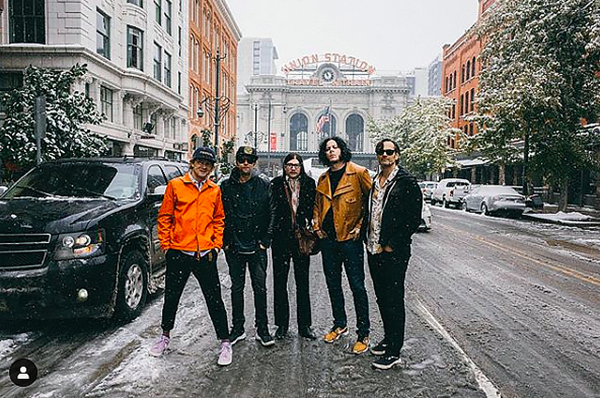
The Raconteurs
The Raconteurs — After taking stages by storm nearly 15 years ago, the classic rock sounds of this combo, which includes Jack White of Third Man Records and the White Stripes, went dormant for a time in 2010. The past year, though, has seen reissues of their old work and a new album, Help Us Stranger, which bodes well: It was the group’s first U.S. No. 1. Saturday, Oct. 19th, 9:15 p.m., First Horizon Stage.
Brandi Carlile — Having begun on the more alt-country and folk side of things 15 years ago, Carlile has gone from success to success, with seven Grammy Awards to her name. Though she’s made quite a dent in the rock charts, her lifeblood is still classic country songwriting, especially with her new collaborative project, the Highwomen. Sunday, Oct. 20th, 8:15 p.m., First Horizon Stage.
Margo Price — Though she’s also considered alt-country, Price is of a more traditionalist bent than Carlile. Not that she can’t rock out with the best of them; it’s just in a rootsier mode. She lists Tom Petty as a great influence. Memphians especially appreciate that she’s made her mark via recordings involving local producer/engineer Matt Ross-Spang, with 2017’s All American Made cut at the legendary Phillips Recording. Saturday, Oct. 19th, 5 p.m., First Horizon Stage.
Reignwolf — Eschewing the uber-thrash of all-out metal, Reignwolf, in their bluesier, more chooglin’ moments, may appeal to fans of local favorites the North Mississippi Allstars. But they also take the riffs to more hard-edged urban spaces, with dirges like “Fools Gold” wallowing in their sheer heaviness. Saturday, Oct. 19, 6 p.m., AutoZone Stage.

Marcella & Her Lovers
Marcella & Her Lovers — This groovy, Louisiana-tinged/Memphis-based ensemble put out one of the best, if under-recognized, albums of last year. Intricate soul, swamp, and world grooves all serve to support the expressive voice of Marcella Simien, who gumbos things up when she straps on her accordion. Stalwarts of the Memphis nightlife, watch for these local favorites to really light up when given a chance on the big stage they deserve. Saturday, Oct. 19th, 2:15 p.m., AutoZone Stage.
PJ Morton — Though he first sprang into the public eye as a member of Maroon 5, Morton is especially notable for taking R&B back to some earthier, though still very funky places as a solo artist. Though his album Gumbo didn’t dent the Billboard 200, it won the hearts of fans and critics alike with old-school grooves, full of vintage sounds, that are nonetheless full of surprises. Sunday, Oct. 20th, 4 p.m., First Horizon Stage.
lovelytheband — For some pure electro-tinged pop, at turns spacey or danceable, you can’t go wrong with lovelytheband. Singing about “trust fund babies” who say they “like that you’re broken, broken like me,” among other things, these hyper-produced alt-popsters invest surprisingly dark shadows and angsty vibes into their shimmering songscapes. File under world-weary escapism. Sunday, Oct. 20th, 7:15 p.m., AutoZone Stage.

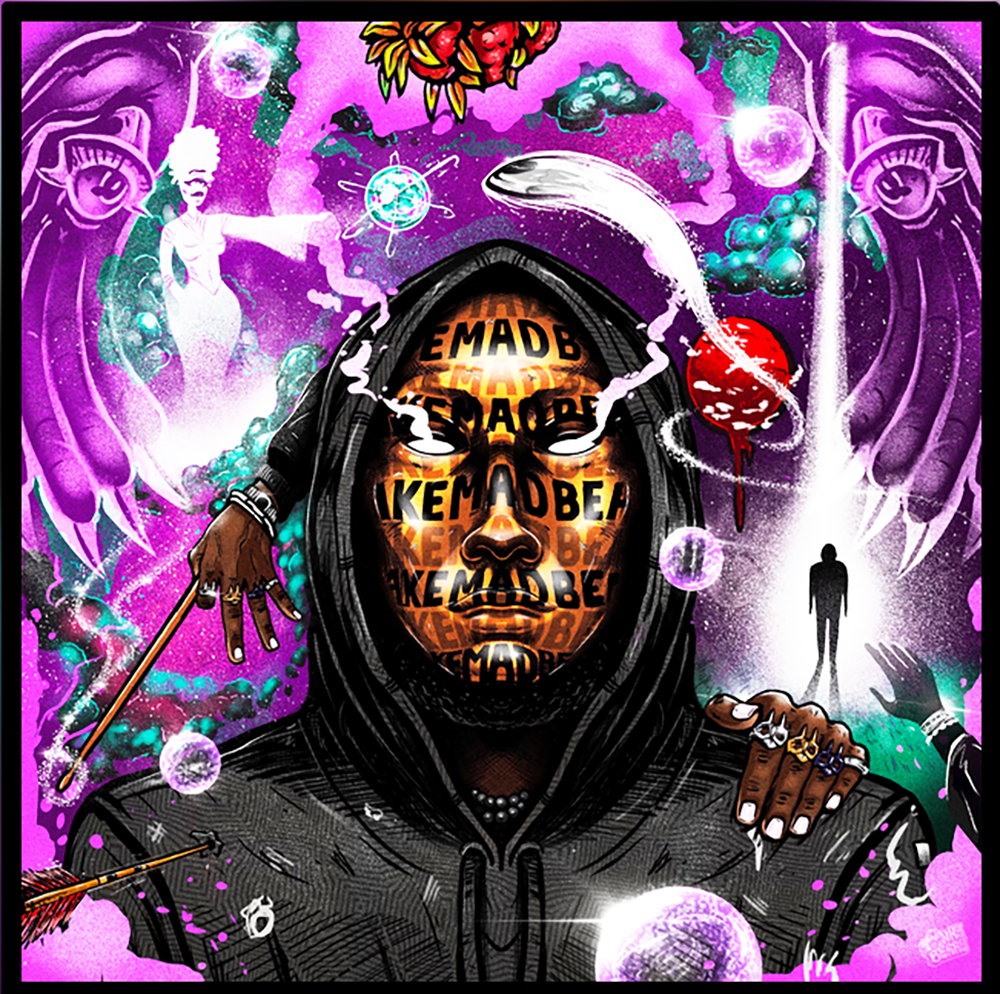
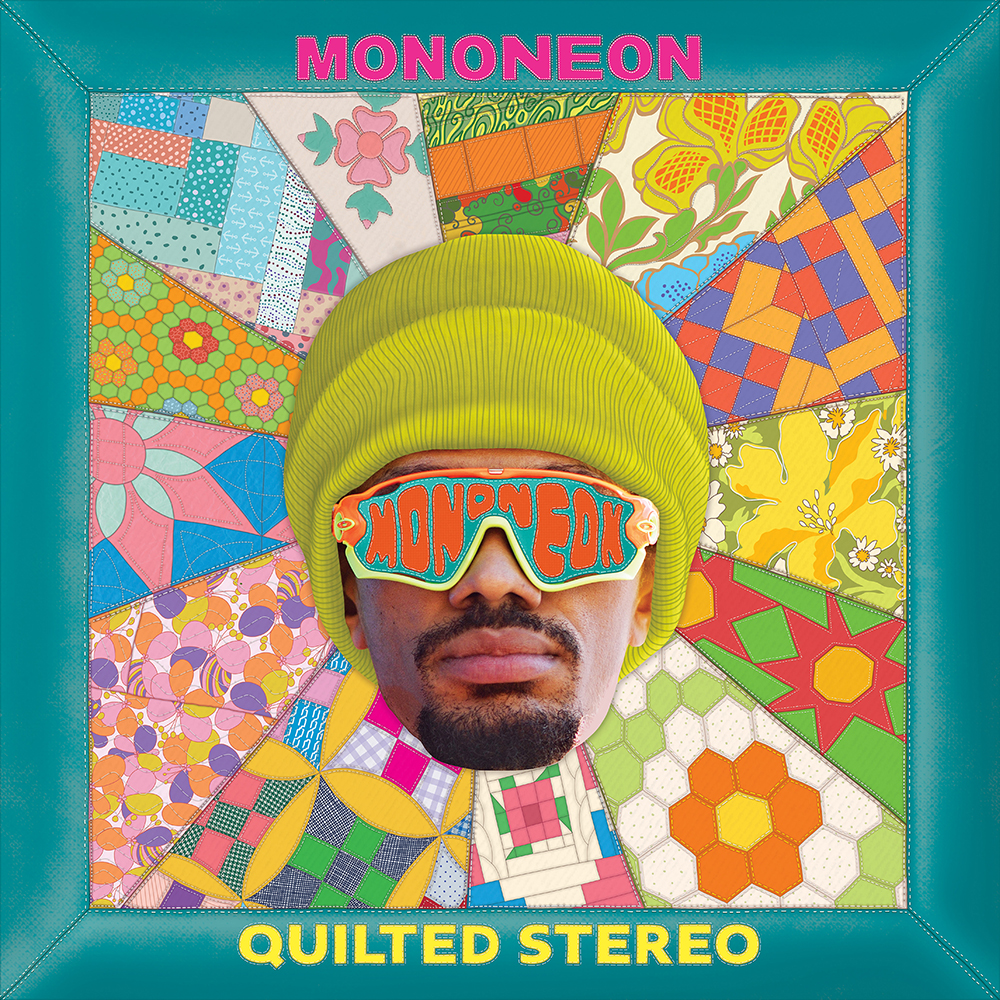
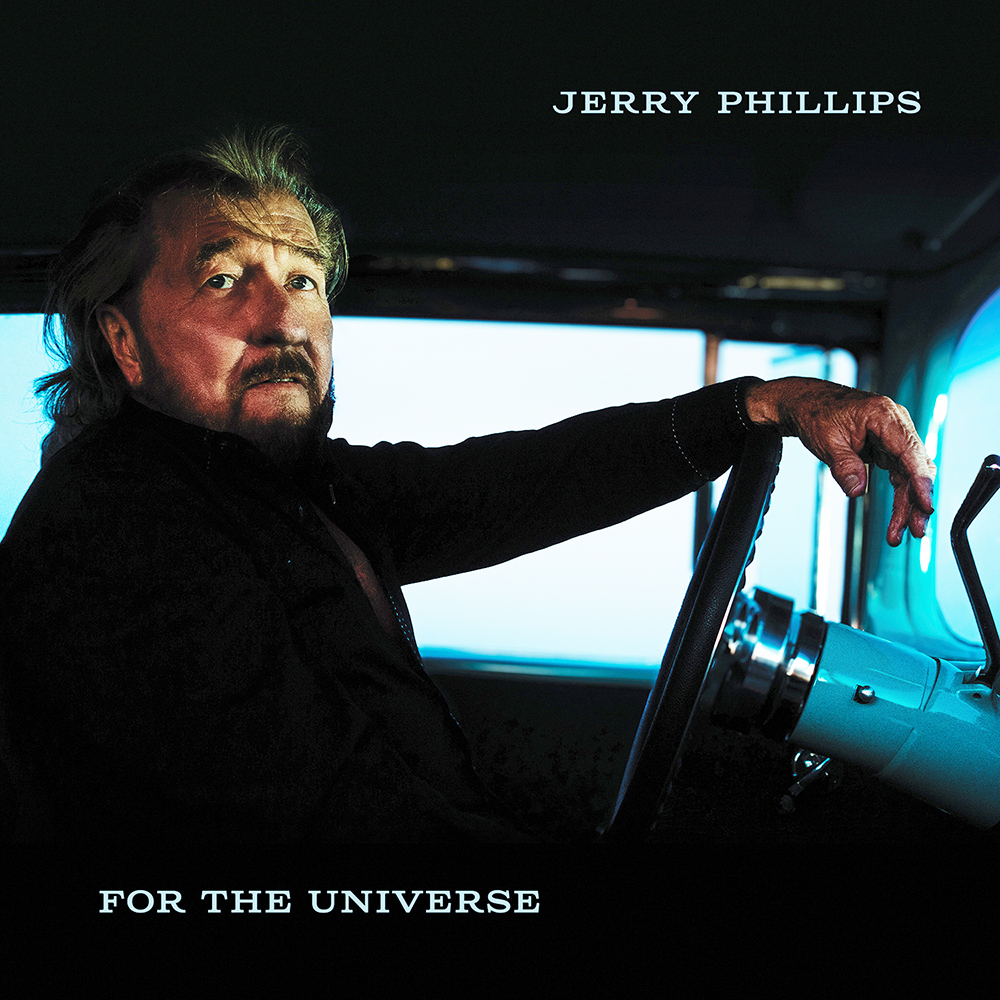

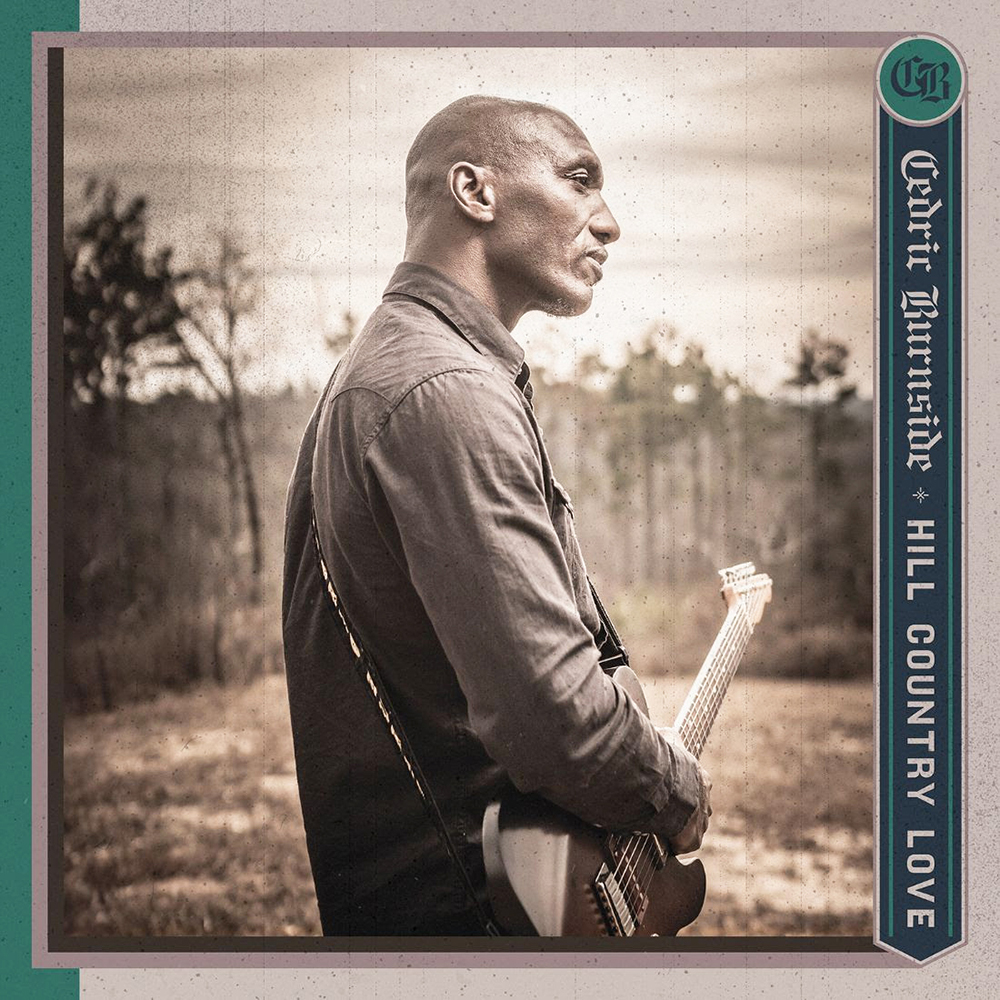
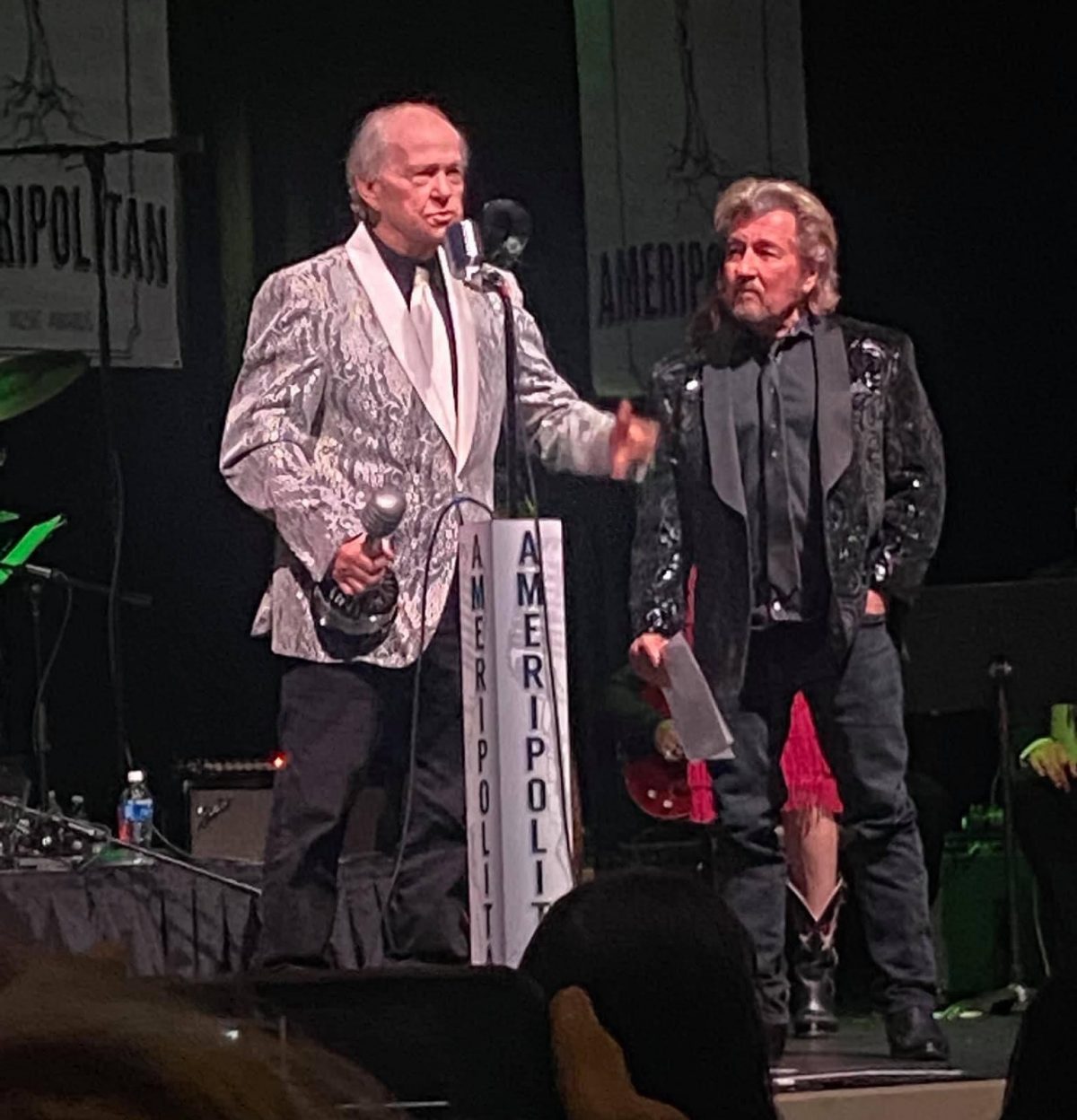
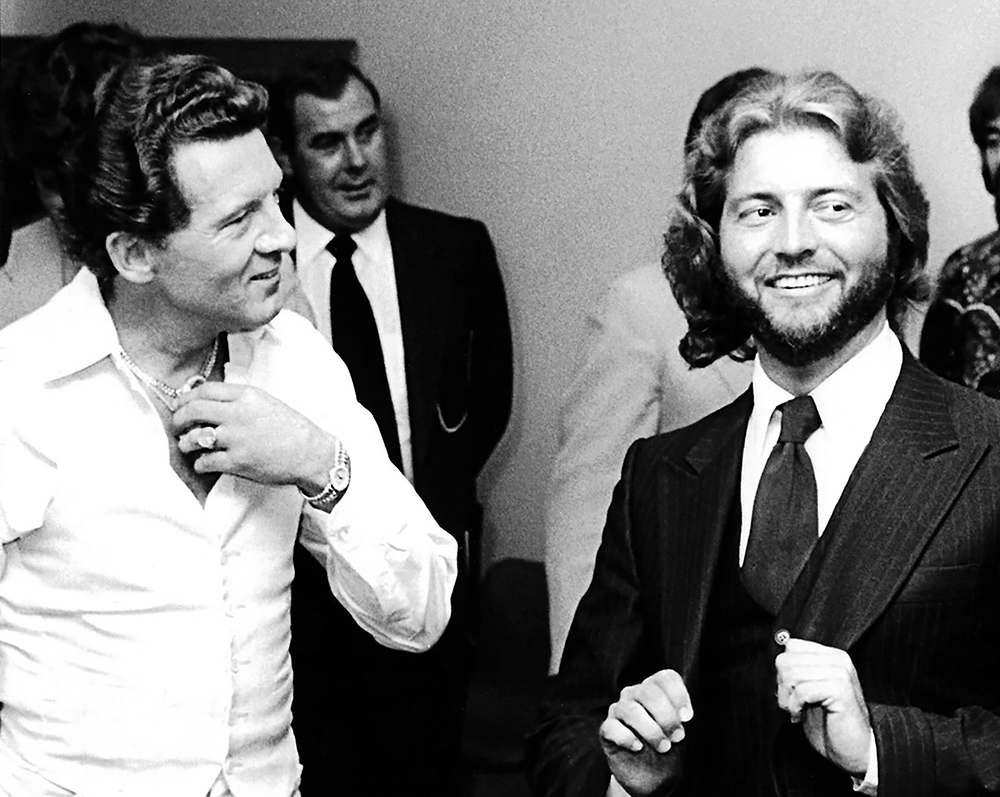
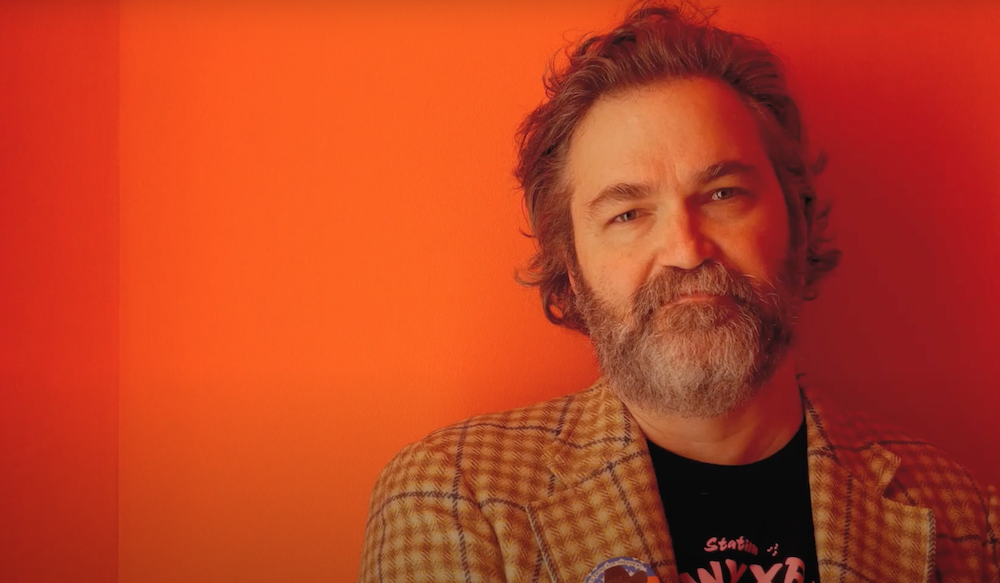
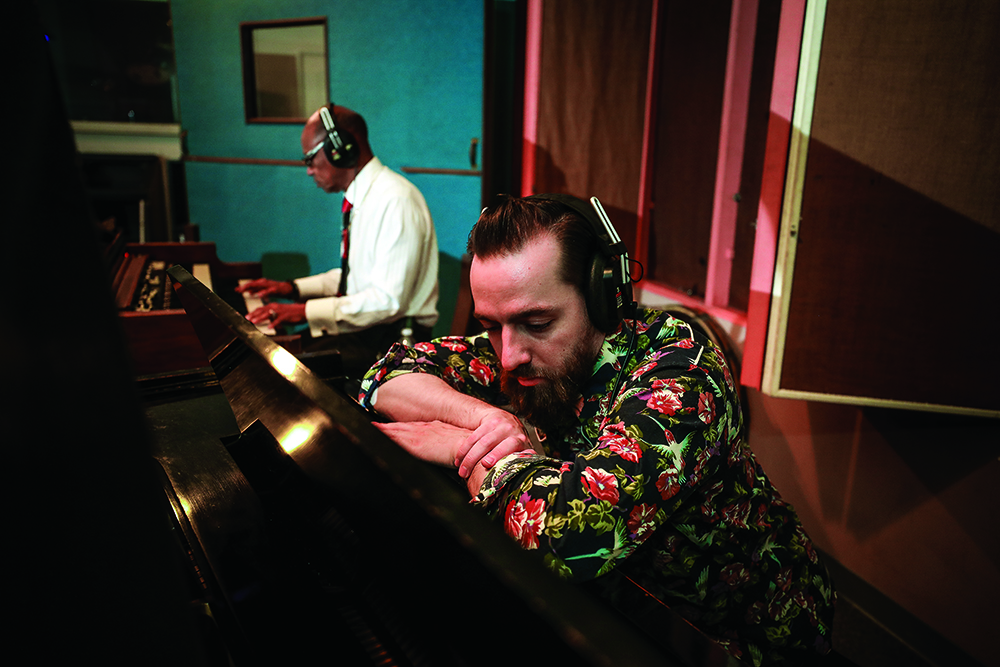
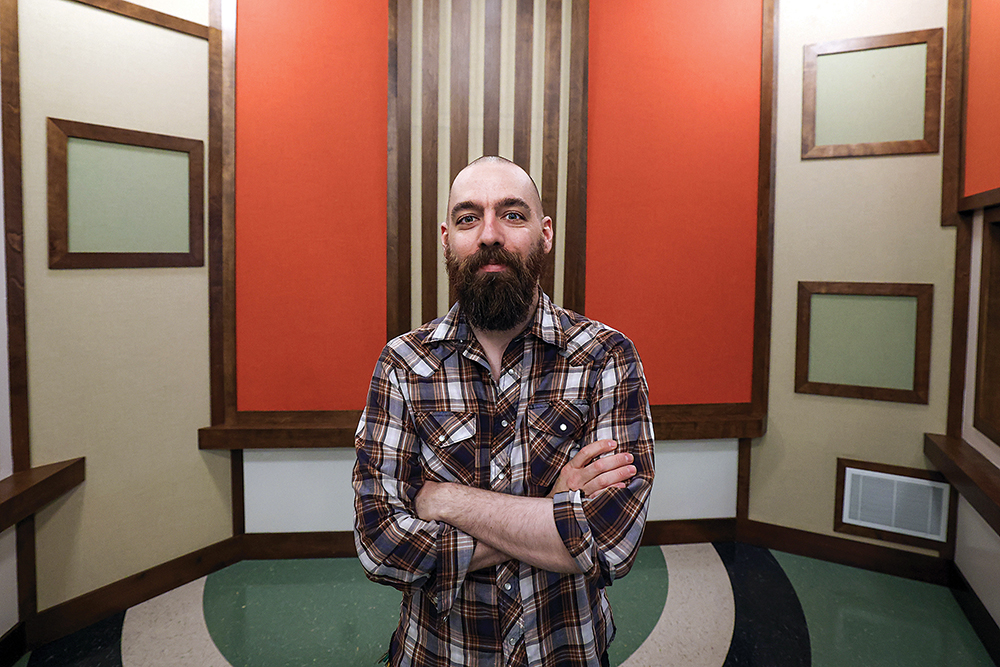
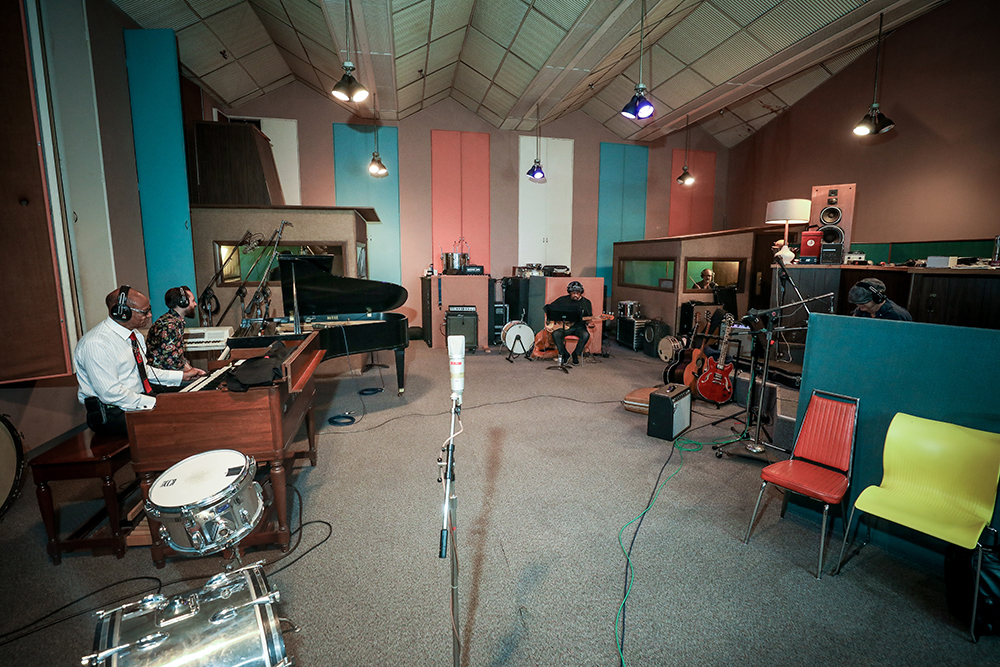
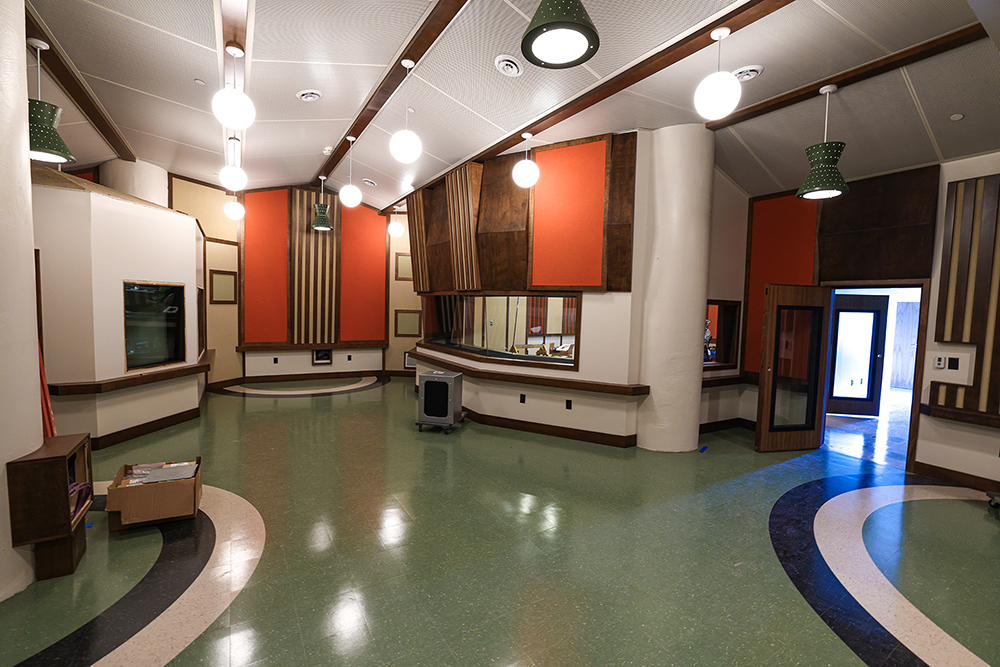


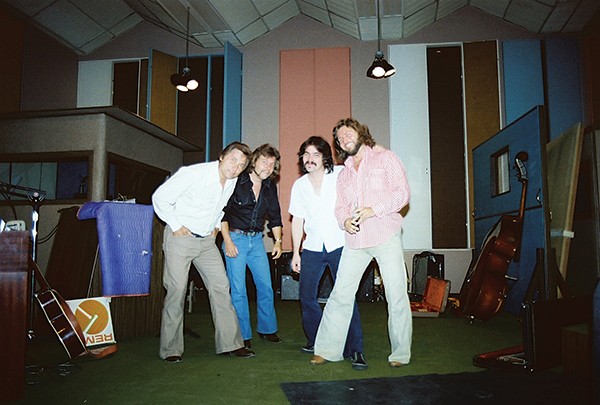 Diane Duncan Phillips
Diane Duncan Phillips 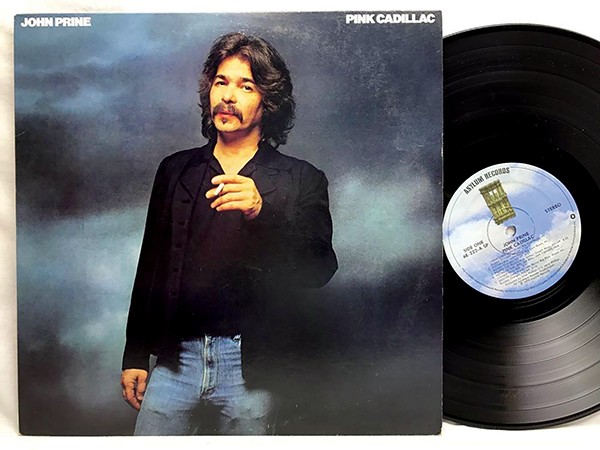
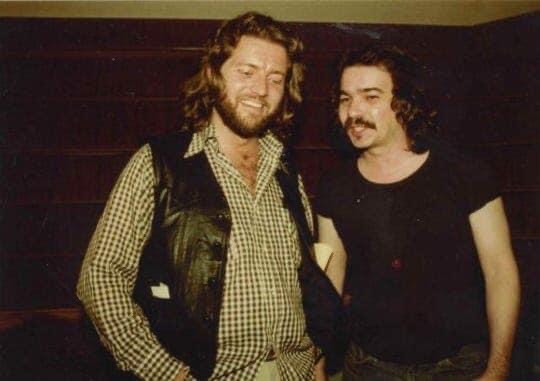 Diane Duncan Phillips
Diane Duncan Phillips  Diane Duncan Phillips
Diane Duncan Phillips 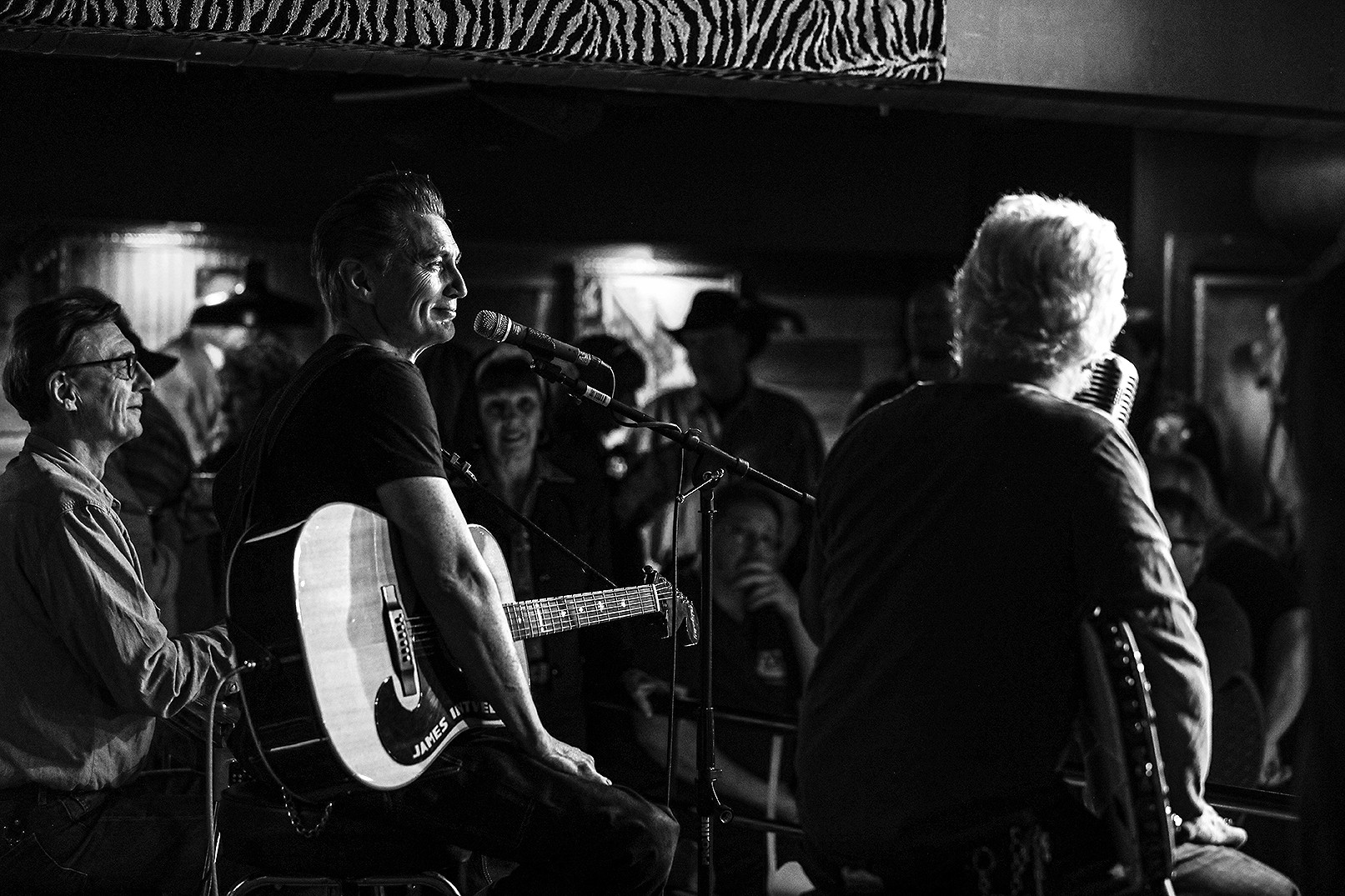 Jamie Harmon
Jamie Harmon  Kyle Christy
Kyle Christy 


